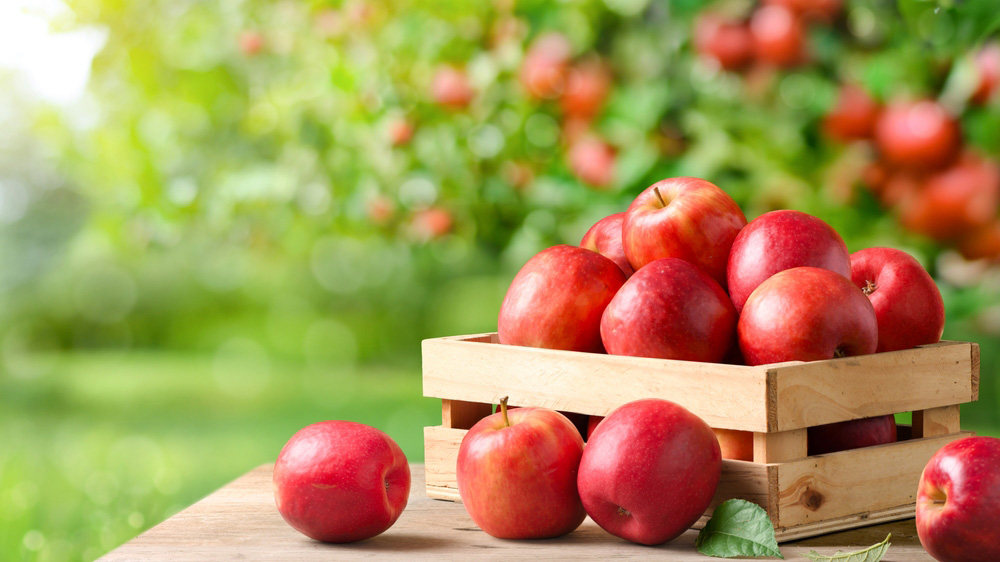In a world where the quality of our food is increasingly questioned, an irresistible trend is emerging: eating local and seasonal. More than just a fad, it is a true return to our roots—an invitation to rediscover the essence of taste and vitality in every bite. Choosing local and seasonal foods provides a powerful combination of health benefits, environmental sustainability, and even financial savings. Could the key to well-being, energy, and culinary pleasure be found right in our own backyard? Let’s embark on a journey to explore the flavors of local and seasonal eating.
I. The Virtues of Eating Local: Freshness and Nutrient Density
Choosing local products means enjoying freshness and maximizing the nutrients in every ingredient. When food is harvested close to home, the time between picking and consumption is significantly reduced. The result? Less oxidation, better preservation of vitamins, antioxidants, and essential minerals.
Vitamin C, for instance, is one of the first nutrients to degrade once a fruit or vegetable is harvested. According to a French scientific study, spinach, broccoli, and bell peppers can lose up to 30% of their vitamin C content within just three days of transportation and storage. Consuming locally ensures optimal nutritional quality with products that haven’t traveled thousands of miles or undergone prolonged preservation processes.
By choosing food from local farms, we also support agricultural practices that often prioritize biodiversity. Small-scale farms tend to favor more resilient, less genetically modified varieties, which are richer in flavor. Every bite becomes a celebration for our taste buds, while also respecting our health and the balance of our ecosystem.
II. The Benefits of Seasonality: Aligning with Nature’s Rhythms
Eating seasonally means reconnecting with nature’s rhythms—and, in turn, with our body’s changing needs throughout the year. In winter, nature provides us with vegetables rich in complex carbohydrates, such as squash and potatoes, which supply the energy needed to endure the cold. In summer, water-rich fruits like watermelon and cucumber help us stay hydrated in the heat.
This connection between seasonal foods and human physiological needs has been demonstrated in a Canadian nutritional study, which highlights that seasonal eating aligns perfectly with human biological cycles.
Seasonal foods also require fewer energy resources and chemical interventions, as they grow naturally without excessive artificial inputs. For instance, cultivating tomatoes in winter under heated greenhouses consumes far more energy than harvesting them in summer when they ripen naturally under the sun. By eating seasonally, we contribute to a more sustainable agricultural model while savoring intensely flavored foods, enriched by the sun and soil of our regions.
III. Reducing Our Ecological Footprint: A Healthier Planet
Eating local and seasonal doesn’t just benefit our health—it also reduces the burden we place on the planet. Fewer food miles mean less fossil fuel consumption and, consequently, lower pollution levels. A study conducted by the University of London reveals that food transportation accounts for up to 13% of the global CO₂ emissions in the food sector.
By opting for locally grown seasonal products, we also minimize our contribution to other polluting processes, such as prolonged refrigerated storage and excessive packaging used to protect goods during long-distance transport. These simple yet impactful choices directly support an environmentally responsible food system and help preserve local biodiversity.
In short, eating local and seasonal is more than just an ecological gesture—it’s a concrete action to reduce our carbon footprint and protect our environment, while enjoying food of unparalleled quality.
IV. Economic Benefits: Direct Support for Local Farmers
Eating local also means supporting the local economy. Buying directly from farmers at markets or specialized outlets allows them to receive a larger share of the revenue, which is often reduced by multiple intermediaries in large-scale distribution. By favoring short supply chains, we help sustain jobs in our communities and boost local economies.
Studies show that short food supply chains provide farmers with more stable and often higher incomes than those earned through supermarket chains. This strengthens local resilience and encourages higher-quality farming, as producers are motivated to grow nutrient-dense, flavorful crops rather than varieties designed solely for long transport and extended shelf life.
And as a bonus, local products—often sold without excessive packaging—are also more affordable! With lower transportation costs, no preservatives, and fewer additives, they become accessible to all, allowing people to enjoy a healthy diet without breaking the bank.
V. Eating Well While Enjoying the Pleasure of Cooking Simply
Adopting a local and seasonal diet also means rediscovering the joy of cooking fresh, flavorful ingredients. Whether making a summer ratatouille or an autumn pumpkin soup, each season brings its own variety of colorful, delicious recipes. These simple dishes, crafted with seasonal ingredients, awaken the taste buds and encourage more diverse eating habits. Say goodbye to monotony on your plate!
Even better, cooking with local and seasonal products reduces the need for processed foods, which are often high in added sugars and salts. A study by the U.S. Public Health Institute found that adopting a diet based on fresh, seasonal ingredients significantly lowers the risk of chronic diseases such as type 2 diabetes and heart disease, thanks to their superior nutritional quality and lower levels of food additives.
Ultimately, eating local is about giving meaning to our diet—taking care of ourselves, our planet, and our communities with simplicity and deliciousness.
Conclusion
By embracing a local and seasonal diet, we make an informed choice for our health, our environment, and our local economy. This return to basics is far more than just a passing trend—it’s a lifestyle that reconnects our plates with nature while offering countless benefits for our well-being and the planet. Local and seasonal eating invites us to celebrate the richness of each region and explore flavors throughout the year, with simplicity, respect, and enjoyment.
sources :
- American Journal of Clinical Nutrition – « Nutrient Loss in Transported Foods ».
- University of California – « Seasonal Food and Human Health ».
- British Medical Journal – « Environmental Impacts of Food Transport ».
- World Resources Institute – « Benefits of Local Food Economies ».
- Harvard T.H. Chan School of Public Health – « Health Benefits of Unprocessed Seasonal Foods ».


